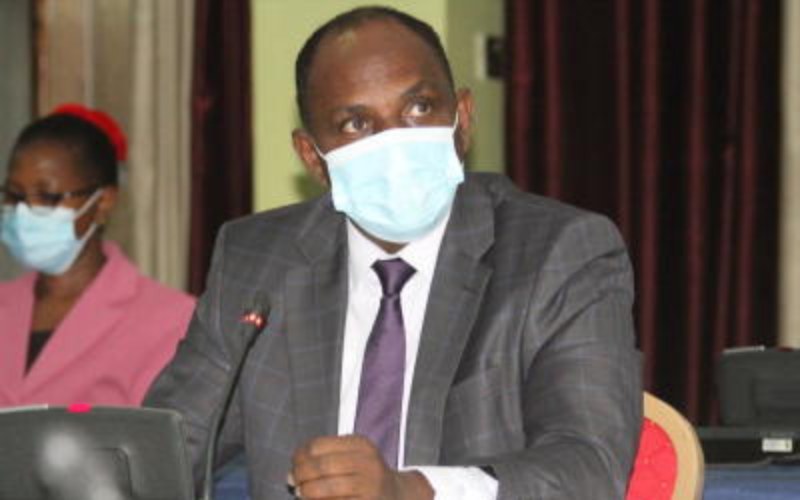×
The Standard e-Paper
Truth Without Fear

Kenya’s deal with the International Monetary Fund (IMF) will see about 20 State corporations put on the chopping board, with tens of thousands of civil servants at risk of being rendered jobless.
This is after the Washington-based institution commissioned the National Treasury to take a health check of the State-owned enterprises (SOEs) with the largest fiscal risks as part of the plan to restructure inefficient parastatals.